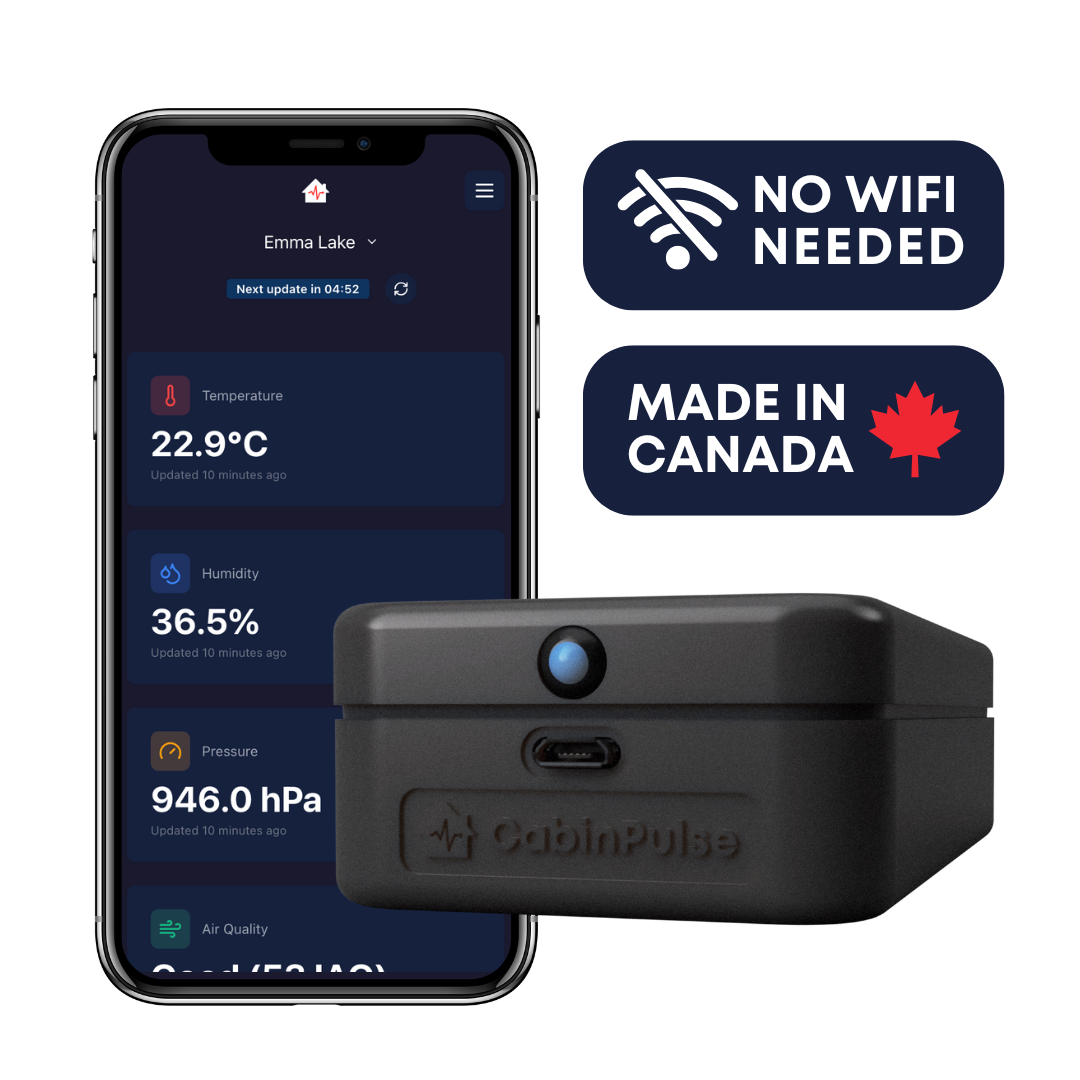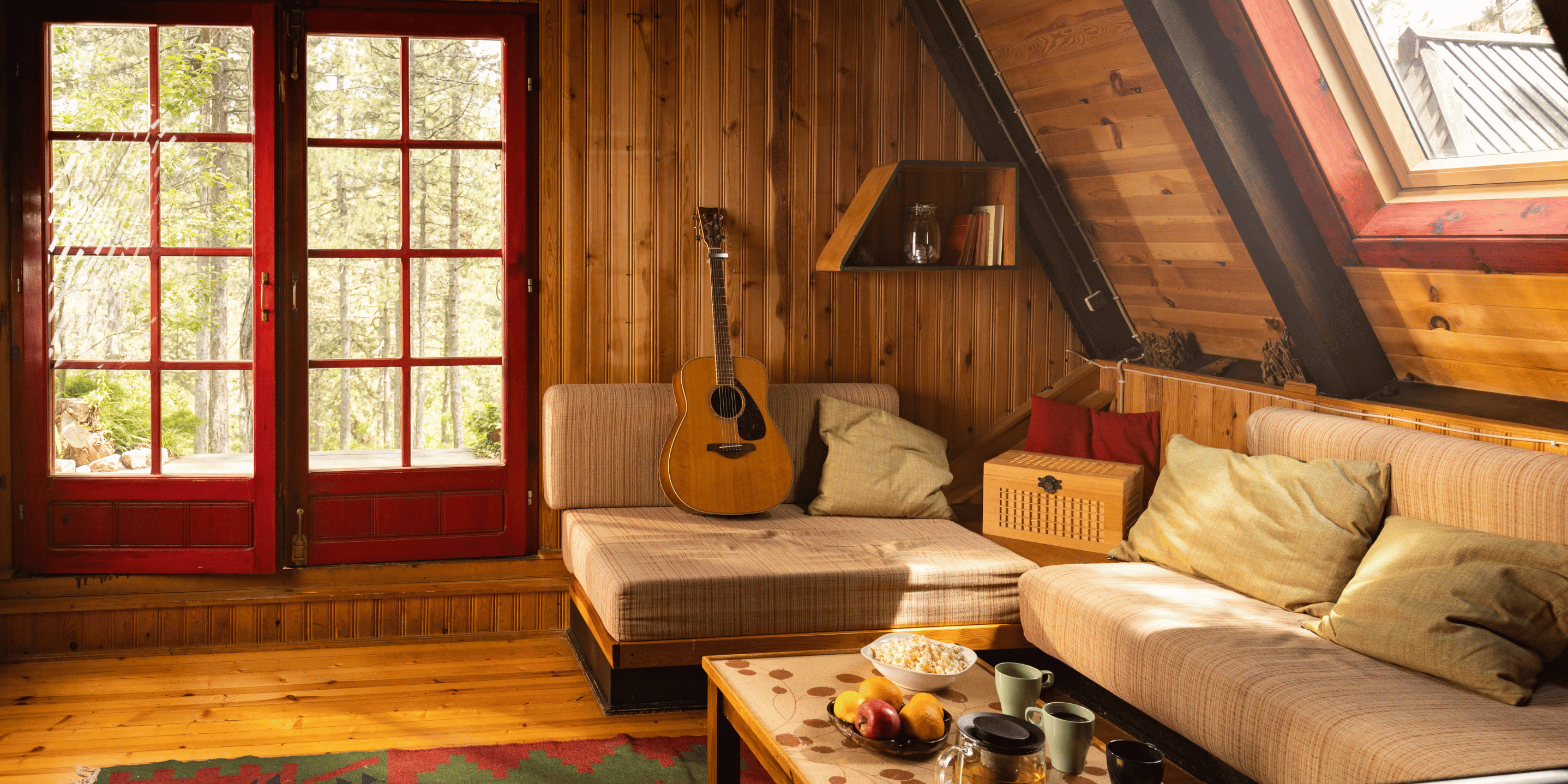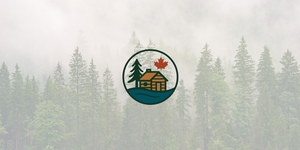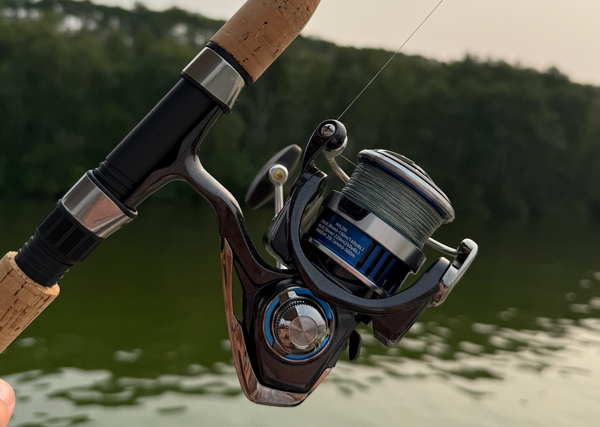Owning a cottage or cabin is a dream come true – until you’re hundreds of kilometers away wondering if everything is okay. What if the heat goes out and the pipes freeze? Did a leak start after that big storm? Could wildlife or intruders be poking around? These worries are common for remote property owners. Fortunately, cottage monitoring technology lets you check on your cabin from anywhere, giving you peace of mind. In this guide, we’ll explain why environmental monitoring for cottages is so important, how remote cottage security features can help, and how smart cabin monitoring solutions make it easy for anyone to keep an eye on their getaway.

Why Remote Environmental Monitoring Matters
When a cottage is left unattended, little problems can quickly turn into big (and expensive) disasters. Remote environmental monitoring means keeping tabs on crucial conditions like temperature, humidity, and water leaks. Here’s why it’s essential for every cottage owner:
- Prevent Frozen Pipes and Water Damage: In cold weather, a failed furnace or power outage can make indoor temperatures plummet. If pipes freeze and burst, they can flood your cottage long before you return. The damage from a single burst pipe can cost around $16,000 to repair, and burst pipes are among the most common winter insurance claims. Early warnings (like a drop in temperature alert) let you act before a minor freeze becomes a major flood. There are plenty of freeze alarms on the market that can do just that. The consequence of frozen pipes - water damage from burst pipes - is one of the top home insurance claims, but studies estimate 93% of those incidents could be prevented or minimized with early leak detection and alerts.
- Avoid Mold with Humidity Alerts: Cottages closed up for months can get damp. An unnoticed roof leak or just lack of ventilation can send humidity skyrocketing, leading to mold and mildew. That musty “closed cabin” smell is a warning sign of damage to wood, walls, and fabrics. By springtime, you could open the door to a costly mold infestation. Monitoring humidity helps you catch spikes early so you can ventilate or dehumidify as needed. Keeping humidity in check prevents mold growth and protects your cabin’s interior.
- Keep an Eye on Power Outages: When the power goes out at a remote cottage (common during storms or blizzards), so does your heating system. That greatly increases the risk of frozen pipes. Fridges and freezers stop too, potentially spoiling food. If the outage is extended, a remote monitor can alert you immediately. You’ll know the power status and how fast the temperature is dropping, giving you a chance to arrange help (or brace for impact) before damage occurs. Without monitoring, you might not discover an outage for days or weeks. A device that tracks power and has battery backup will keep you informed even when everything else is dark.
- Ensure Air Quality and Fire Safety: Even when everything seems fine, indoor air quality can deteriorate in a shut-up cottage. Lack of airflow allows pollutants like volatile organic compounds (VOCs) to build up, especially if you have paints, cleaners, or a fuel-burning stove. A monitoring system that tracks air quality will let you know if the air becomes unhealthy. More urgently, if a smoke alarm goes off when no one’s there, you’d want to know immediately. A small flame or electrical spark could turn into a major fire long before anyone notices. Traditional smoke detectors only make noise locally. But a smart cottage monitor can listen for your alarm and send you an instant alert, so you (or a neighbour) can respond right away. Early knowledge of a smoke alarm sounding might save your entire property.
All these environmental factors are like your cottage’s vital signs. Remote monitoring acts as a 24/7 digital caretaker that watches those vitals and warns you the moment something is wrong. It’s far better than arriving after weeks away to find a nasty surprise.

Don’t Forget Remote Security (Motion Sensors & Cameras)
Protecting your cottage isn’t just about the weather and maintenance issues – security matters too. Break-ins, vandalism, or even curious wildlife can pose risks to an empty cabin. Traditional home security systems often focus on intruders with door alarms or motion sensors that trigger lights or sirens. Modern Wi-Fi cameras can send you motion alerts or let you view live video of your property from your phone. These remote cottage security tools are great for peace of mind about human threats. For example, a camera alert could let you know if someone (or a bear!) wanders onto your property. These usually require WiFi internet, meaning you can use the same devices you'd use at home.
However, remember that security is only one piece of the puzzle. Many alarm systems watch doors and windows but don’t monitor temperature or humidity. It’s often the case that environmental problems (like a frozen pipe or slow leak) cause far more damage than an attempted break-in. Ideally, you want a comprehensive system that covers both security and environmental monitoring. Also, consider the limitations of security devices in remote areas: if they rely on local Wi-Fi or power, they might fail during storms or outages when you need them most. So, while camera feeds and motion alerts are valuable secondary benefits, they work best alongside an always-on environmental monitoring solution.

How to Check on Your Cottage from Anywhere
Thanks to smart technology, keeping tabs on your cabin remotely is easier than ever. Here are some smart cabin monitoring solutions and tips to help you check on your cottage from anywhere:
- Smart Thermostats and Wi-Fi Devices: If your cottage has reliable year-round internet, you can install devices like smart thermostats, Wi-Fi cameras, and smart leak detectors. These connect to your home’s Wi-Fi and let you monitor or control things via smartphone apps. For example, a smart thermostat can send low-temperature alerts, and a Wi-Fi leak sensor can email you if it detects water under the sink. The downside is that they depend on your cottage’s power and internet. In a power failure, the router and devices go offline, and you lose visibility. Many remote cabins don’t even have broadband all year (or at all). Paying for internet just to monitor a seasonal cabin can be expensive, and it still won’t work during an outage. So while Wi-Fi gadgets are useful, they have their limits in a wilderness setting.
- Dedicated Cellular Monitoring Systems: The most reliable option for off-grid or remote properties is a cottage monitoring system that uses cellular networks instead of Wi-Fi. These are all-in-one devices with built-in sensors (for temperature, humidity, power, etc.) and their own cellular connection. You simply plug the device into a power outlet at your cottage, and it starts transmitting data to a cloud service. You can then check readings on a mobile app or website anytime, and get text/email alerts for any issues. Because they use cellular signals (like a phone) and often include battery backup, they keep working through power outages and don’t require any local internet service. This “always on” connectivity is a game-changer for remote monitoring.
CabinPulse: One example of a smart cottage monitor is CabinPulse, an all-in-one device specifically designed for remote property monitoring. CabinPulse packs multiple environmental sensors into a single unit – it tracks temperature, humidity, power outages, and air quality, and even listens for smoke alarms.
Setup is simple: plug the small device into any outlet at your cabin (it has a long power cord for flexibility), and you’re done. No Wi-Fi is required at all. CabinPulse has a built-in SIM card that connects to nationwide cellular networks, with coverage across the U.S., Canada and Mexico. All the connectivity is included in the subscription, so you don’t have to manage any data plans. If there’s any cell signal in your area, CabinPulse will find it and stay connected. This means even if a storm knocks out power and internet, CabinPulse continues to send you updates thanks to its internal battery backup (which lasts around 3 days).
You can log into the CabinPulse dashboard on your phone or computer to view real-time cabin data – see exactly what the temperature is, check humidity levels, and confirm that power is on. CabinPulse also sends instant alerts via text or email whenever something goes wrong. For example, if the indoor temperature suddenly drops below your safe threshold, you’ll get an immediate alert so you can call a neighbor or handyman to check the furnace before the pipes freeze. If the power goes out, you’ll know right away. Essentially, it’s like having a virtual caretaker on duty 24/7.
- All-in-One vs. DIY Solutions: You might wonder if you can cobble together different gadgets (a thermostat from one brand, a camera from another, a leak sensor from another) to achieve the same coverage. While it’s possible, a patchwork of devices can be harder to manage – multiple apps, multiple subscriptions, and potential gaps in coverage. A single integrated system like CabinPulse covers all bases in one go. It also updates continuously and alerts on the first sign of trouble, whereas some basic freeze alarms might only check the temperature a few times a day. If you’re a bit tech-savvy and already have some smart home devices, you can certainly use them for cottage monitoring; just be mindful of their connectivity needs. On the other hand, if you prefer a set-it-and-forget-it solution, a dedicated monitoring device is the easiest route.
Tips for Effective Cottage Monitoring
Even with the right technology in place, following a few best practices will ensure you get the most out of your remote cottage monitoring system:
- Strategic Sensor Placement: For temperature monitoring, place the sensor in a spot that truly reflects the risk (for instance, the coldest part of the cottage or near plumbing that could freeze). For leak sensors, put them under the most leak-prone areas – beneath the water heater, under sinks, by the washing machine, or near the sump pump. Proper placement ensures you catch issues early.
- Set Smart Alerts: Determine safe ranges for temperature and humidity and set your system’s alert thresholds accordingly. For example, you might set an alert if temperature drops below 5°C (40°F) inside, or if humidity rises above 60%. That way you’re notified before conditions reach a danger zone. Many systems allow multiple contacts for alerts – consider adding a neighbor or friend who can respond if you’re far away.
- Regular Check-Ins: Get in the habit of checking your cottage’s status remotely on a regular schedule (like once a week). While good systems will push alerts to you for anything urgent, a quick glance at the dashboard can reassure you that all is well (and help you notice trends, like gradually rising humidity, before an alert triggers). It’s a small time investment for big peace of mind.
- Maintain Your Equipment: If your device has a backup battery, test it or replace it per the manufacturer’s recommendations so it’s ready when needed. The same goes for any traditional security devices – make sure camera batteries (or solar panels) are in good shape. Ensure your monitoring subscription (if applicable) is active, especially during the off-season.
- Use Remote Security as a Deterrent: While environmental monitoring should be the priority, don’t neglect basic security steps. Even a simple camera overlooking the driveway or a motion-sensing light can deter potential trespassers. Some cabin monitoring systems may integrate security add-ons, but even if yours doesn’t, consider separate cameras or trail cams for an extra set of eyes. Just remember their limitations without power or Wi-Fi. A sign indicating the property is monitored can also discourage opportunistic thieves.
- Don’t Rely Solely on Occasional Visits: In the past, many cottage owners would just ask a neighbour to check in every couple of weeks, or do monthly trips to inspect the place. Those are still good practices, but a lot can happen in between visits. You can’t expect someone to notice slow-developing issues like a subtle leak, or be there the exact hour a pipe bursts. Remote monitoring fills that gap by constantly watching when you can’t. It reduces reliance on luck or neighbourly favors, and ensures you’ll have immediate knowledge of any trouble.
Enjoy Peace of Mind Year-Round
Implementing a cottage monitoring system means you can truly relax when you’re away. Instead of anxious “what if” scenarios running through your mind, you’ll have real data and instant alerts about your cabin’s status. Smart cabin monitoring devices like CabinPulse put information at your fingertips 24/7 – whether it’s the dead of winter or the height of summer. By combining environmental safeguards (temperature, humidity, water sensors) with a dash of remote security (motion alerts or cameras), you create a safety net that protects your beloved retreat from all angles.
Remote cottage security and environmental monitoring isn’t about being high-tech or complicated. It’s about simple, proactive measures that save you from nightmare situations and expensive damage. From preventing frozen pipe disasters to catching leaks early and keeping intruders at bay, a good monitoring setup pays for itself in peace of mind. With the right tools in place, you can check on your cottage from anywhere – and more importantly, sleep easy knowing your home away from home is safe and sound, no matter how far away you are.
Happy cabin living!
Video: CabinPulse Unboxing | Duration: 2:23






Join the Conversation